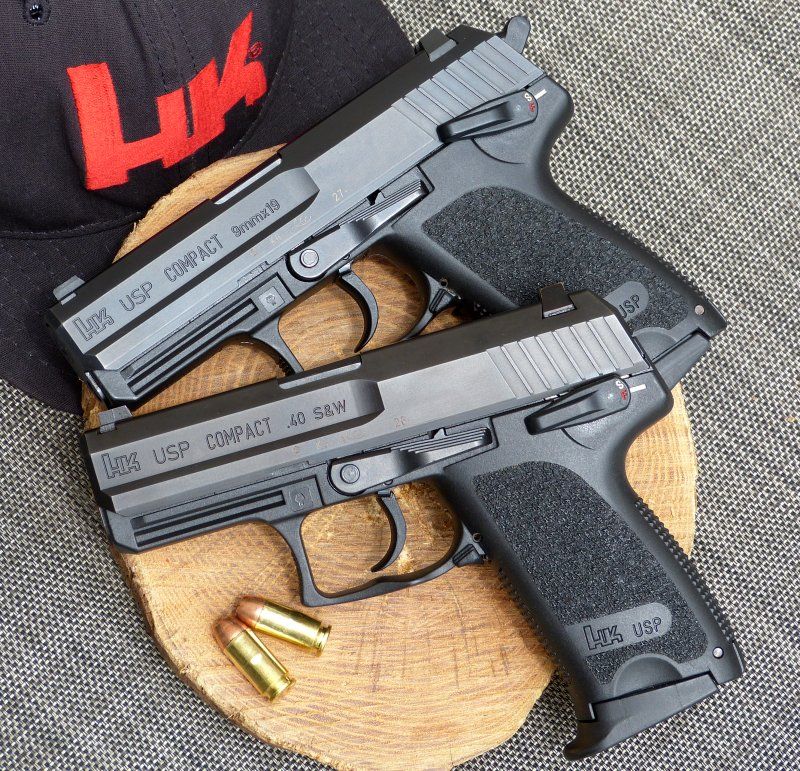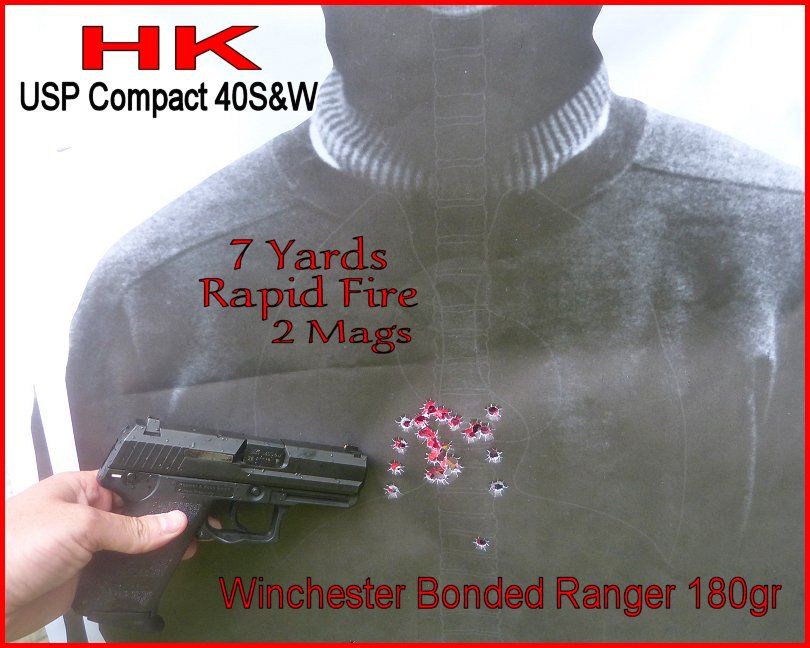Does HK even still make an all metal gun anymore? While I like the P7's which aren't made anymore, I don't like the more "modern" HK's. I'm sure they function well, but they all look bulky and clunky to me - like they needed to use more plastic in the frame and steel in the slide to make up for the fact that they now make their guns out of plastic.
Someday, I'm going to have to shoot something like a USP 9 to see what all the fuss is about.
Someday, I'm going to have to shoot something like a USP 9 to see what all the fuss is about.




